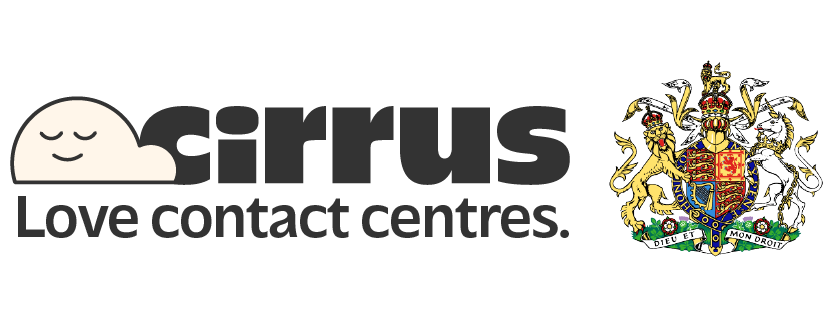What is escalation in a contact centre?
Escalation in a contact centre refers to the process of moving a customer issue to a more experienced or authorised agent when the first point of contact cannot resolve the query. This escalation process can emerge from unmet customer expectations, lack of access to resources, or common emotional triggers. The concept of escalation is not limited to contact centres alone—it exists across various sectors where conflicts, delays, or heightened customer needs arise.
What is a call escalation in a contact centre?
A call escalation occurs when a frontline or human support agent cannot provide a satisfactory resolution, and the query is passed to someone with higher authority. This transition is part of the broader escalation management journey, especially in cases of behavioural escalation or when customers exhibit anxiety or distress.
The escalation dynamics differ depending on the customer support experience. For instance, sectors like government and healthcare often experience escalation in tension due to delays in critical services. Here, the escalation path must be clearly defined for a smooth transition.
In environments such as housing or healthcare, continued escalation without timely resolution can lead to loss of trust. For example, in the housing sector, residents may escalate issues relating to maintenance if not addressed by the initial support agent.
A call may escalate when a delivery is repeatedly delayed or when a billing error isn’t resolved after multiple contacts. Understanding common triggers helps prepare teams to act swiftly.
Call escalation matrix and different types of escalation
A call escalation matrix is a part of the escalation framework that defines exact steps and escalation criteria. It governs when, how, and to whom a query should be escalated.
Types of escalation
- Hierarchical escalation management – escalation up the chain of command
- Functional escalation management – involving specialised departments
- Priority-based escalations – where time-sensitive issues bypass standard queues
- Automated escalation management – triggered automatically based on time or agent status
For instance, in retail, a dramatic escalation in customer frustration due to delayed orders may require functional escalation or immediate human intervention.
The importance of reducing escalation calls
Frequent ticket escalations may reflect ineffective communication or a lack of a supportive environment within the team. Reducing these helps in:
- Shortening resolution times
- Lowering escalation rates
- Building a culture of risk aversion where decisions are taken at the right levels
- Preventing the escalation of costs and the escalation of fear among customers
In higher education, where students expect clear answers, excessive response or delayed guidance may lead to the escalation of anxiety. Tools like CRM offer helpful resources for agents to respond efficiently, without unnecessary escalation.
De-escalation techniques in contact centres
De-escalation techniques help bring a call back from crisis, especially during the de-escalation phase. These are key to breaking the behaviour escalation cycle.
Effective de-escalation techniques
- Asking open-ended questions
- Using assertive communication and empathetic communication techniques
- Providing a calm and non-stimulating environment
- Explaining courses of action and revising when needed
De-escalation training focuses on effective communication and maintaining a harmonious environment, even during a delicate time. Support tools like AI-powered agent support guide agents with behavioural cues based on live customer input.
Strategies and best practices to reduce and prevent call escalations
A proactive approach for escalation management includes:
- Clear escalation protocols
- Empowering agents through thorough training and access to a unified platform like an AI-enabled contact centre, which allows them to resolve issues efficiently before they escalate
- Using workforce optimisation to prevent critical time pressure
- Supporting customer communication across all channels through omni-channel systems
These strategies support a wide range of customer needs and help decision makers avoid escalation of violence or conflict on their terms. In settings like business process outsourcers, where volumes are high, the escalation strategy should also cover escalation department structures and behaviour monitoring.
Special considerations for accessibility and secure interactions
Escalation doesn’t always arise out of frustration. In many cases, it stems from system limitations or the inability to support customers with specific needs. This is particularly true when it comes to accessibility or sensitive transactions.
- Customer diversity: people may face difficulties navigating digital platforms due to disabilities, language differences, or unfamiliarity with technology. Without prompt support, these challenges can lead to emotional triggers and escalation.
- Accessible tools: offering accessibility features like screen readers, simplified layouts, or voice interaction helps make digital services easier to use for a broader range of people.
- Agent awareness: when support agents are trained to identify and respond to accessibility-related concerns, it creates a more inclusive and respectful experience for all.
- Sensitive transactions: payment or verification steps can make people nervous, especially if the process is unclear or lacks visible security.
- Trust through security: using secure payments and explaining the steps involved helps reduce anxiety and builds customer confidence.
- Clarity in communication: people want to feel reassured. Combining clear, respectful communication with secure systems helps avoid escalation during a critical time.
In the Indian context, where digital literacy varies, having such inclusive practices is not only thoughtful but essential. At the same time, these steps align with global expectations for fairness and accessibility.
Escalation in the not-for-profit sector
In not-for-profit work, emotions often run high. Organisations might be supporting vulnerable individuals, distributing aid, or managing community complaints. Because these services often rely on limited resources, escalation can easily occur when expectations are not met or communication breaks down.
For example, delays in approving support or a lack of clarity around eligibility criteria can frustrate both the recipient and the staff. Having a structured approach helps prevent such situations from spiralling.
A sound escalation framework not only manages emotional triggers but also supports teams in making fair decisions under pressure. It helps maintain transparency, something essential when public trust is involved.
Not-for-profit organisations benefit from clear escalation protocols that guide staff on when to escalate an issue and how to manage it sensitively. By providing agents with practical tools and clear decision paths, it becomes easier to balance empathy with accountability.
This approach is especially relevant in India, where not-for-profits work with diverse communities and often deal with high expectations. Yet, it also holds true for global operations, where fairness, clarity, and sensitivity are non-negotiable values.
Collaboration and integration tools to streamline escalation
When an issue involves multiple departments or requires different levels of approval, delays can frustrate the customer and lead to unnecessary escalation. This is where internal collaboration tools make a real difference.
Using platforms like Microsoft Teams integration, agents can quickly connect with supervisors, share context, and get real-time support, all without passing the customer from one person to another. It streamlines resolution and saves time.
These systems also help track escalatory steps and assign follow-ups, so no detail slips through. For complex cases involving legal experts or external agencies, shared visibility across teams avoids confusion and repeated questioning.
In India’s large organisations, where teams often work across different regions or time zones, having integrated systems is essential. But the same logic applies to global teams, too; faster collaboration and greater transparency improve both efficiency and customer satisfaction.
Ultimately, tools that promote coordination help agents focus on solving the problem rather than managing internal delays. That’s how you turn a potential escalation into a positive service experience.
Final thoughts
Escalation is a natural part of customer support, but it should be managed with precision. Understanding the challenges of escalation management and adopting the right escalation management techniques can help businesses prevent future escalations. Whether it’s managing behavioural escalation or reducing the escalation of costs, smart systems and well-trained agents form the foundation.
If your organisation seeks to reduce the aspect of escalation management becoming a bottleneck, it may be time to explore solutions tailored to your sector.
Request a demo to discover how escalation can shift from a crisis point to an opportunity for service excellence.
Your Contact Centre, Your Way
This is about you. Your customers, your team, and the service you want to deliver. If you’re ready to take your contact centre from good to extraordinary, get in touch today.


